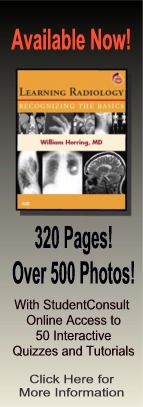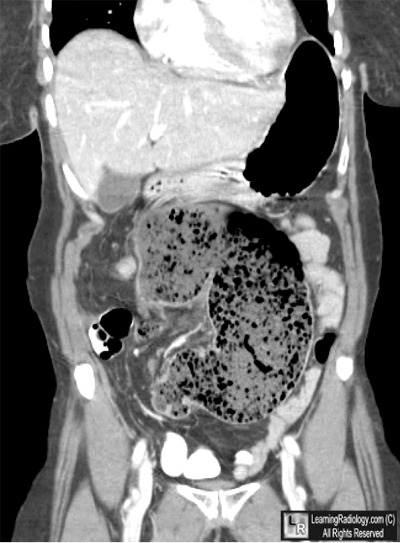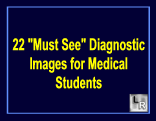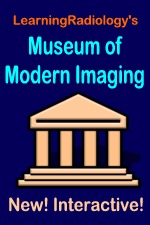| Cardiac | |
|---|---|
| GI | |
| Bone | |
| GU | |
| Neuro | |
| Peds | |
| Faculty | |
| Student | |
| Quizzes | |
| Image DDX | |
| Museum | |
| Mobile | |
| |
Misc |
| Videocasts | |
| Signs | |
Learning
Radiology:
Recognizing
the Basics
Now Available
on the Kindle
and IPad
LearningRadiology Imaging Signs
on Twitter
![]()
Follow us on
What is the most likely diagnosis?
- 39 year-old male with acute abdominal pain
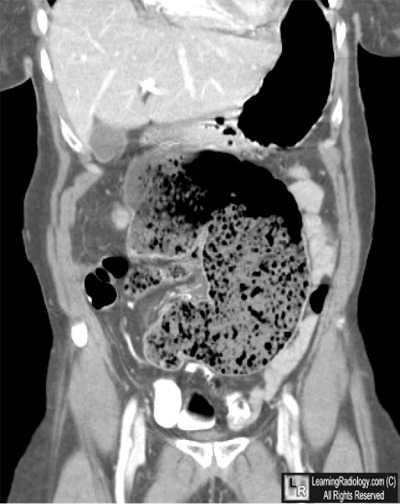
Contrast-enhanced Coronal-Reformatted CT of Abdomen
- Chordoma
- Sigmoid volvulus
- Cirrhosis
- Hirschprung Disease
- Cecal volvulus
Additional Image - Another Contrast-enhanced Coronal-Reformatted CT of Abdomen
![]()
Answer:
.
5. Cecal volvulus
.
.
More (Click Discussion Tab)
Cecal volvulus
General Considerations
- Volvulus is 3rd most common cause of colonic obstruction
- Following obstructing carcinoma and inflammatory stricture
- Two most common forms are
- Cecal
- Sigmoid
- Cecal volvulus can be associated with
- Malrotation of the colon
- Abnormally long mesentery of cecum and ascending colon
MORE . . .
.
This Week
39 year-old male with acute abdominal pain |
Some of the fundamentals of interpreting chest images |
The top diagnostic imaging diagnoses that all medical students should recognize according to the Alliance of Medical Student Educators in Radiology |
Recognizing normal and key abnormal intestinal gas patterns, free air and abdominal calcifications |
Recognizing the parameters that define a good chest x-ray; avoiding common pitfalls |
How to recognize the most common arthritides |
LearningRadiology
Named Magazine's
"25 Most Influential"
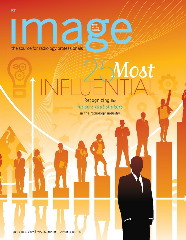
See Article on LearningRadiology
in August, 2010
RSNA News
| LearningRadiology.com |
is an award-winning educational website aimed primarily at medical students and radiology residents-in-training, containing lectures, handouts, images, Cases of the Week, archives of cases, quizzes, flashcards of differential diagnoses and “most commons” lists, primarily in the areas of chest, GI, GU cardiac, bone and neuroradiology. |

